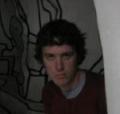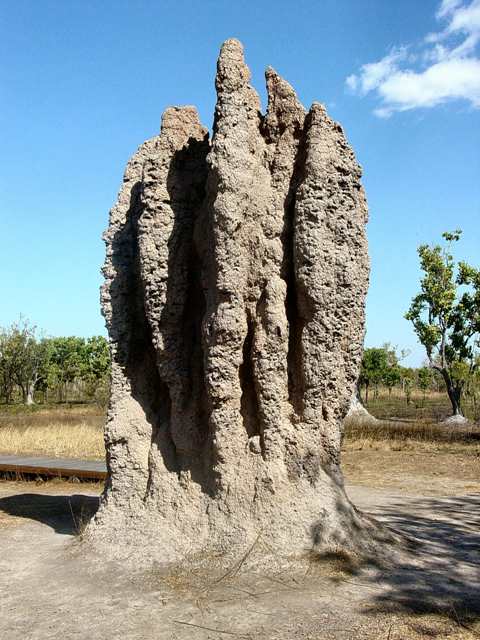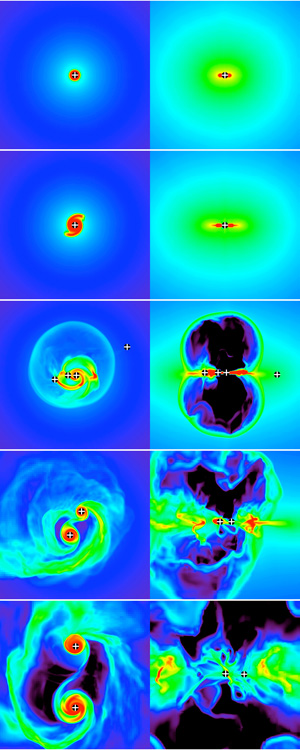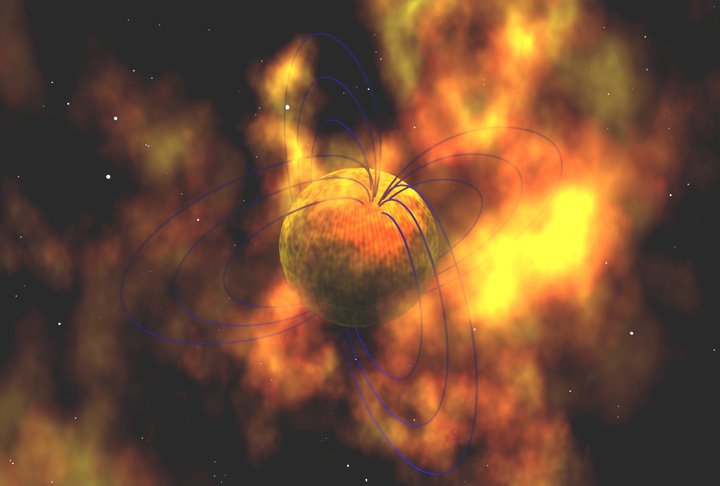The cathedral termite, found in parts of Australia, is capable of creating mounds for the colony well over 10 feet high. Individual cathedral termites are just standard-looking bugs - head, thorax, abdomen, legs, and so on, with a tiny little primitive brain. But when combined with others of its species, the cathedral termite is capable of constructing a huge, complex hive to house the colony. Unlike human building projects, however, there is no foreman, no plan, and it's unlikely that any termite even knows what it is helping to create.
How is this possible?
The answer lies in the fact that sometimes, a system can provide more complexity than the sum of its parts - leading to what scientists call "emergent behavior."
I just randomly came across this Yahoo! Answers page with more "Election" questions at the bottom:

Well Yahoo!, I'm glad we have that resolved. And why is "Aliens" capitalized? Is Sigourney Weaver here??
Scientists have finally solved one of the major mysteries of star formation - how very massive stars form without blowing themselves apart in the process. According to star formation theory and previous simulations, the internal pressure created as a very massive star begins to shine should counteract the gravitational force pulling more material in, blowing away the outer layers of the star before it can get sufficiently massive.
Observations, however, show that stars exist with masses above the theoretical threshold and often coexist with other massive stars in binary systems - providing a mystery to astrophysicists until now.
In 1960, Dr. Frank Drake developed an equation that predicts the number of intelligent civilizations in our galaxy. It's a simple equation -- the number of intelligent civilizations in our galaxy is equal to the product of all the following numbers:
- The total number of stars in the galaxy
- The fraction of stars that have planets orbiting them
- The number of planets orbiting each star that are capable of supporting life
- The fraction of planets capable of supporting life that actually do support life
- The fraction of planets supporting life that support intelligent life
At 1014 gauss, atoms are compressed into tiny needles whose widths are only 1% of their lengths. X-ray photons readily undergo an exotic process where they change into matter and anti-matter particles briefly, before rejoining and turning back into light. Even at a distance of 1000 km, the slight polarization of water molecules would tear apart any Earth organism. So where do you find magnetic fields of such awe-inspiring strength? Attached to exotic objects in deep space, of course.
The word "hypnosis" conjures a very specific image to most people - usually a man dangling a watch on a chain in front of your eyes and making you count backwards until you fall into some sort of deep trance, where the hypnotist can make you squawk like a chicken or convince you there are bugs in your pants.
Judging by the stupid things subjects often do during a hypnotist's show, people often conclude that hypnosis gives the hypnotist total control over his subjects like a puppeteer pulling strings on a marionette. As a result, people don't often think of hypnosis as a viable medical treatment and end up relegating it to the world of crackpot medicine. Lately, however, hypnotic treatments are being used more and more frequently, often for pain relief purposes.
 New Magnetocaloric Material Will Allow Magnetic Refrigeration
New Magnetocaloric Material Will Allow Magnetic Refrigeration Seeing In The Deep
Seeing In The Deep Ultrafast Laser Inscription Could Enable A 42-Meter Telescope To See The First Galaxies
Ultrafast Laser Inscription Could Enable A 42-Meter Telescope To See The First Galaxies What's In The Economic Recovery Bill For Scientists?
What's In The Economic Recovery Bill For Scientists?












